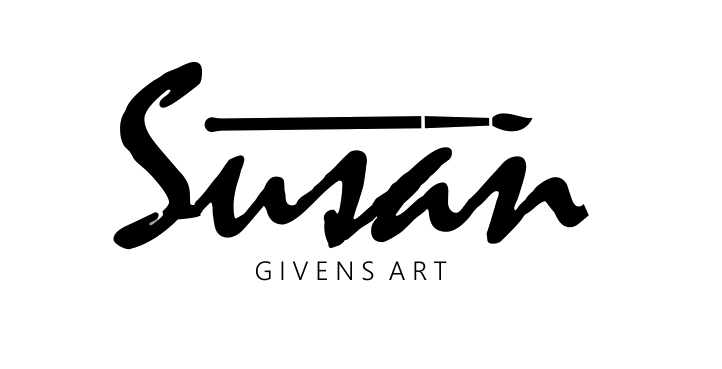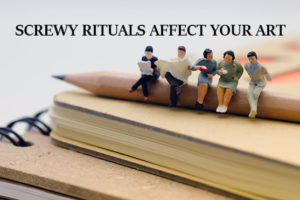Ever Heard of a Keystone Habit?
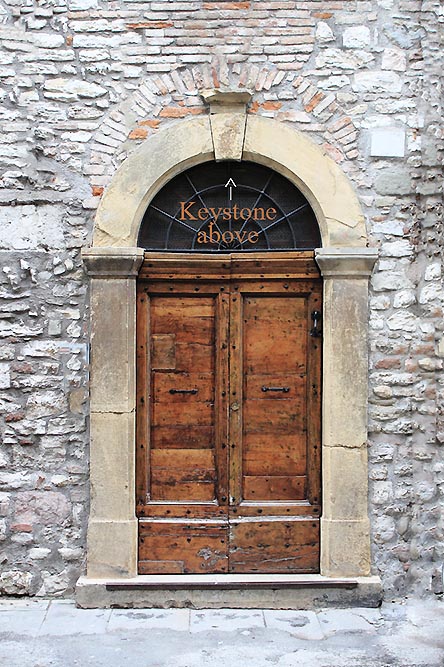
In our last discussion we talked about how we think of ourselves. We focused on staying in our comfort zones. Comfort zones, frameworks, or paradigms are, as you remember, how we have been taught or learned to think about ourselves. And in regards to becoming an artist, I suggested getting a notebook and writing down the habits that you cling to. Those are the habits that keep you out of the limelight where criticism might confront you face to face.
Oddly enough, about 50 percent of what we do is routine. We are hardly aware of what we are doing. We just do it. Now that you have those habits on paper—and remember this is a private issue between you and yourself, let’s explore how to make some changes.
CHANGING YOUR HABITS
Did you know that it takes about 60 days to change a habit? So, with that in mind, you can plan on two months to create a new habit. The best place to start is with your most troublesome habit. It’s the one that keeps you successfully in your “safe place”.
Remember the old architectural arches? They were a marvel because they had a keystone at the top. “A keystone is the wedge-shaped stone piece at the apex of a masonry arch… It is the final piece placed during construction and locks all the stones into position….” — Wikipedia.org
WHAT IS YOUR KEYSTONE HABIT?
Can you identify the keystone that keeps you safe and held together? That’s the “habit” that needs your attention. When you change that habit, your life will change. You will be ready to become an artist. Because it’s the first step you’ll want to make it exceptionally easy. Remember I said that changing a habit is not a marathon event? It happens step-by-step and you’ll want to make the steps little.
THE ARTIST’S MOST COMMON FEARS
What are some of those keystone habits in learning to become an artist that most people cling to? The biggest one is confidence. I’m not good enough. I don’t have any talent. People will laugh at me. I am ashamed to pretend I am an artist. I feel like a fraud. There are so many people who are better at art than I could ever be. No one would want my art. I don’t have a studio. I don’t have any art supplies. My family would think I had lost my mind.
I graduated from university at forty-two. It was then that I set up my first business. I was a marketing consultant to architectural firms in our rather backwater town. It was my delight to keep their achievements in front of our community. Someone in my family said to me, Susan marketing isn’t a career, it’s just a job. She didn’t understand that I had a vision to help our architects become more visible—to get them known in the big city next to our smaller one. Effective marketing would bring them more building projects. I had to step over that ‘put down” and forge ahead. That’s what you have to prepare to do. You have to reinvent yourself so you are ready to learn how to become an artist.
ARTISTS NEED A VISION
Let’s talk about your vision as an artist. I’ll tell you what mine is. I want to buy or rent a charming, small three-room house in our town. I want to make it into my art gallery. The living room will be the place I display paintings. The bedroom will be my painting studio with a sink, and the kitchen will be the major clean up and storage area.
Have you thought about an artistic vision for yourself? For starters, let’s say your vision is spending 20 minutes a day making a small drawing, or making four really small drawings. You can use a pencil or drawing pen and maybe add color with some watercolors.
SETTING YOUR GOALS
So, your first goal is to get some supplies. (Download my free e-book for a supply list.)
Second is to write out your goal for the week. Include the time of day you will start to work on your drawings. Make it happen the same time every day. Plan to spend about 20 minutes on each project. A timer will be useful.
Begin collecting photos, pictures or objects of what you want to draw so you’ll have them ready to go. Choose easy ones.
Third is to write about your drawings. You can create a document on your computer and keep notes about what you are learning. Explain the troubles you encounter with each piece and the successes that will inevitably come.
LET’S SUMMARIZE
Write about your “keystone” habit — the one that keeps you from moving ahead.
Write out an artistic vision for yourself in as much detail as you can. It can be a vision for the next week, a 30-day vision, a six-month vision or one you plan to reach a year from now. Be easy on yourself.
Finally, write out a weekly plan to follow as you build your new habit, i.e. “each day I will go to my drawing place at 10 A.M. and draw for 20 minutes. I will have already gathered pictures of what I am going to draw”.
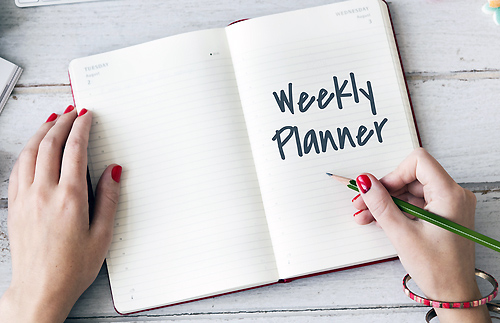
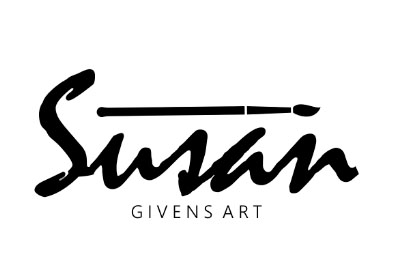
©SusanGivensArt 2019
